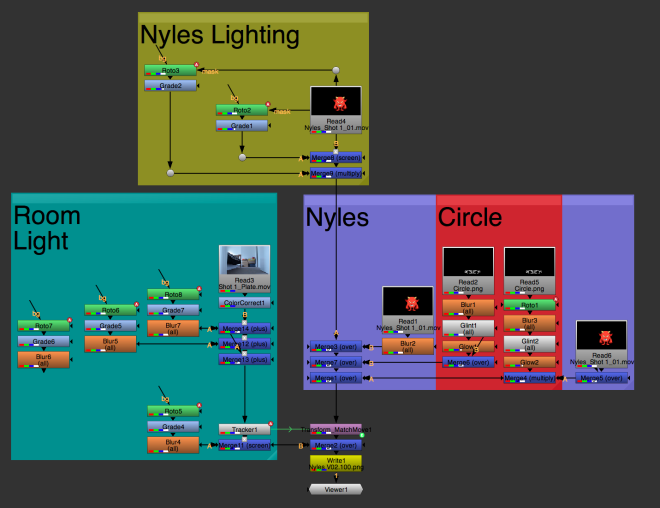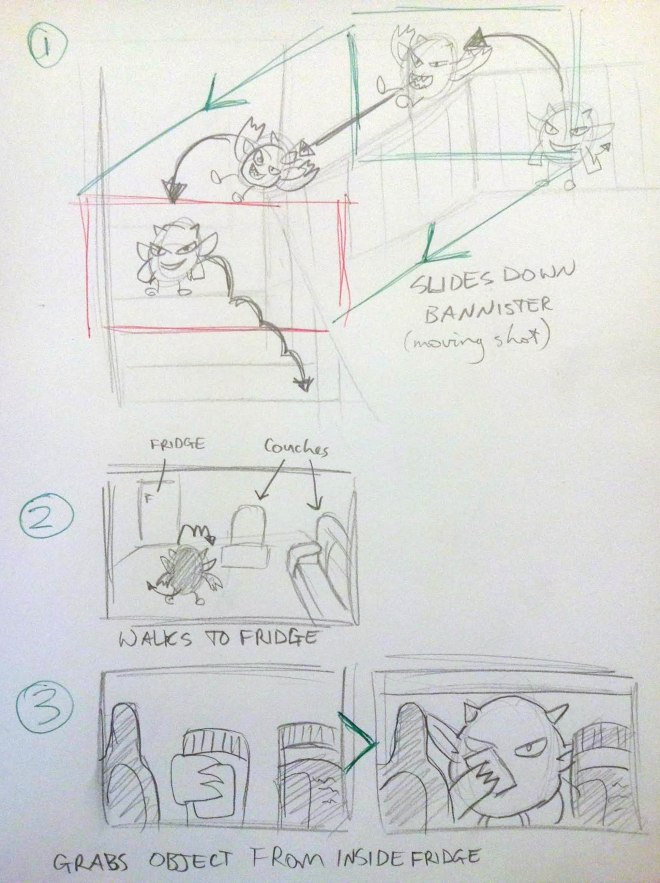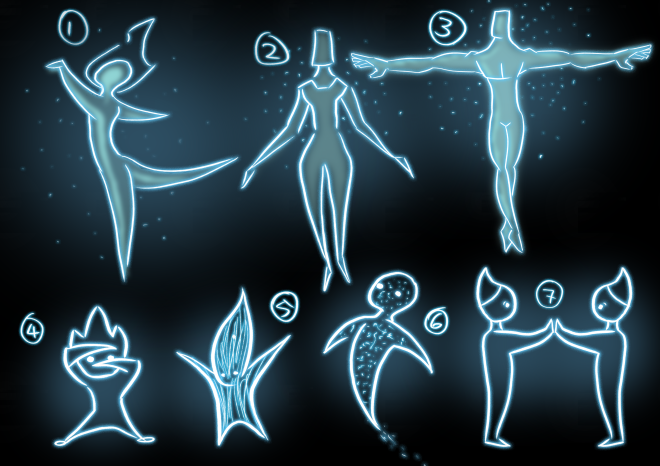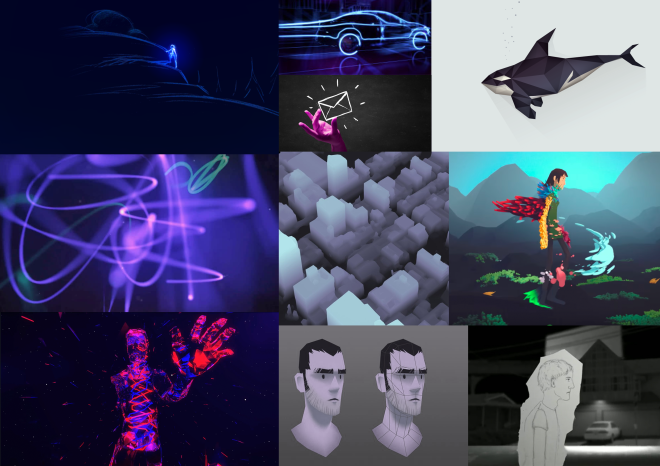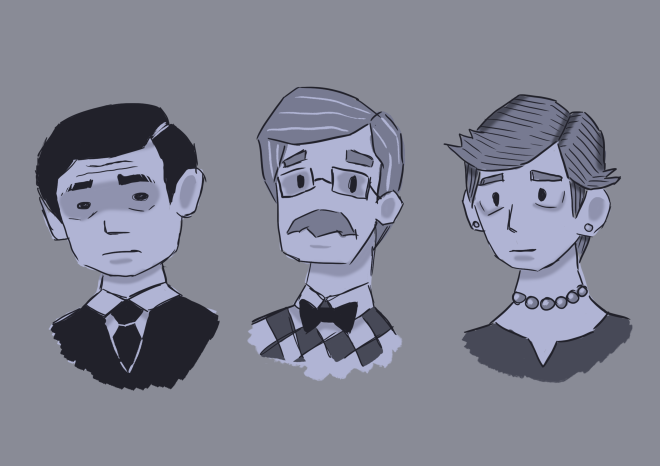The ANM230 group project, working title “Daydreams”, is a short and creative animation that explores escaping a dull humdrum reality through the use of imagination. Daydreams utilises themes of surrealism and escapism, making considerations to cultural issues such as representation of gender, race and sexuality.
Genre & Themes:
At its core, a daydream is a means of escape from a present situation, whether this be for entertainment purposes, to disconnect from aspects of daily life or simply due to the mind wandering. Daydreaming is a relatively common experience, with people’s minds wandering 46.9% of the time (Lopatto 2010), meaning that the majority of audience members will likely be able to relate to our main character drifting into a daydream with a similar experience they’ve had in the past.
Furthermore, Daydreams expands into the theme of escapism, where our elderly main character fantasises about a dream world that is far more vibrant and pleasant that the lack lustre environment he is in. This comes across as a healthy form of escapism that helps him to maintain a positive outlook on life, something which should universally resonate with audience members who also find themselves daydreaming during lulls in their daily life.
In terms of cultural relevance in regards to an Australian audience, by having the elderly man a passenger on a boring train ride, we hope to Melbourne audience members will be able to easily relate to this experience, as Metro Trains commutes over 415,000 customers each day (Metro Trains, n.d.), an estimated 10% of the Melbourne population. The ties to Metro Trains should also help associate ideas of a humdrum city life without having to directly convey this to the audience.
Narrative:
Many aspects of Daydream’s narrative will be open to interpretation, with the idea that different people will be able to project various meanings into the short film without their interpretation being ‘right’ or ‘wrong’. For example, the backstory of our main character is unknown, with what little is known about him being understood through his character design, environment, emotions, solitude and our insight into the fantasy daydream in his mind.
Although the narrative is open to interpretation, Daydreams still puts forth ideas that the audience should be able to read so that there is indeed a story being told without relying on pure whimsy. While we never know exactly how or why he has come to view his reality as dull and disinteresting, the audience can still draw conclusions that this is indeed how he feels about his reality, and that he uses his imagination to escape these feelings be analysing his isolation, boredom and the contrast between his real world and his vivid daydream.
An additional interesting and subtle idea that runs through the narrative is the notion of not being afraid to explore the unknown, or to forge a path in the darkness. This is seen throughout the dream sequence, where the dream characters explore their world in a curious and playful manner without hesitation. As these dream characters are in the mind of the main character, this theme could thus be projected onto him, leading the audience to draw conclusions that he reminisces about times gone past where he explored the world with vitality and vigour, or perhaps his regrets of not having done so, allowing the audience to also reminisce on their own past actions and ways of life.
Aesthetics:
One design choice which I was personally pleased with was the natural progression of design choices that lead to our main character being a non-White. This preference stems from the lack of representation for people of colour (POC) characters in western media, with 73.1% speaking roles in films in 2014 being held by White actors (Media, Diversity, & Social Change Initiative, 2014), showing a clear bias for race preferences.
When designing the dream world characters, many team members were adamant about trying to keep the characters as gender-neutral as we could. As our goal was to produce a spectacular dream sequence where there is no ‘preferred’ reading, having both characters similar in design meant we could avoid audience members instantly assuming the gender of the characters and what they are ‘meant’ to be reading from them. It was important for us to have the characters relatable to a wide audience without favouring any specific demographic, and to steer away from gendered stereotypes and heteronormativity which have been historically prevalent in the media (Bond, 2011). By keeping the dream characters’ designs minimalistic and practically identical, we’re hoping to ensured that multiple readings and ideas can be projected onto the characters by many different audience members of different genders, sexualities and walks of life.
In order to visually distinguish the mundane real world of the character and their daydream world, as well as to play to the strengths of all team members, we have decided to utilise both 2D and 3D animation in our final product. The beginning and ending sequences of our short will feature 2D animation, giving the character’s real world a rough, saturated and lacking dimension to depict how dull the character perceives it to be. This will contrast heavily with the dream sequence, which will instead feature 3D animation with the use of both dark backgrounds and bright characters, appearing more rich, vibrant and dimensional, depicting how his fantasy escape is more appealing and captivating than the world he lives in.
Proposed Modifications:
The progression of the project in regards to detecting and considering cultural concerns has been quite pleasing. Going forward with the project, I feel addition elements of wonder and curiosity, as well as the elderly man’s overall reaction to his daydream should be reconsidered to draw further meaning from the final product. These elements, while small, can still work to evoke more emotions in our audience, and to also add extra appeal to the narrative.
References:
Bond, B. (2011). SEXUALITY IN THE MEDIA AND EMOTIONAL WELL-BEING AMONG LESBIAN, GAY, & BISEXUAL ADOLESCENTS. Retrieved from https://www.ideals.illinois.edu/bitstream/handle/2142/26199/Bond_Bradley.pdf?sequence=1
Lopatto, E. (2010). People daydream almost half the day, Harvard study finds. Retrieved from http://www.nola.com/health/index.ssf/2010/11/people_daydream_almost_half_th.htm
Media, Diversity, & Social Change Initiative. (2014). Inequality in 700 Popular Films: Examining Portrayals of Gender, Race, & LGBT Status from 2007 to 2014. Retrieved from http://annenberg.usc.edu/pages/~/media/MDSCI/Inequality%20in%20700%20Popular%20Films%208215%20Final%20for%20Posting.ashx
Metro Trains. (n.d.). WHO WE ARE. Retrieved from http://www.metrotrains.com.au/who-we-are/
MIKE. (n.d.). Daydreaming, Escapism, and PTSD. Retrieved from http://anxietypanichealth.com/2008/08/13/daydreaming-escapism-and-ptsd/
